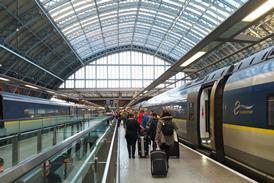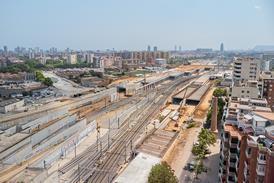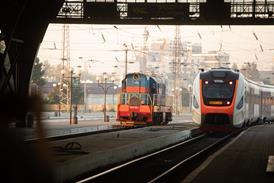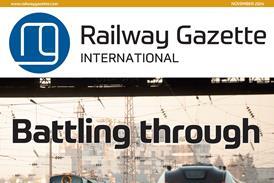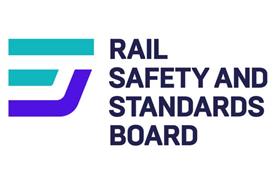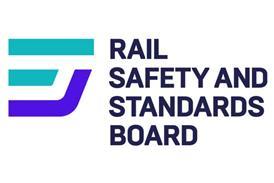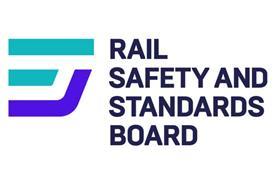ATTACK is the best form of defence, so the saying goes. Perhaps this explains Union Pacific’s May 1 decision to pour $1·4bn into its Texas and Louisiana operations over the next five years, with up to $160m to be spent this year. Of this, about half will go on upgrading track and signalling on the 850 km San Antonio - New Orleans corridor. The rest will be invested in expanding line capacity, yards and terminals.
UP’s plans have been drawn up as a result of a strategic study carried out in the wake of the congestion which nearly crippled the network at the end of last year (RG 11.97 p721), and which led the Surface Transportation Board to issue an emergency order in December (RG 1.98 p18). However, Union Pacific CEO Dick Davidson has made it clear that the proposed capital investment will only be made if UP has exclusive use of the facilities it upgrades, giving a fair return on its investment. This can be seen as a move to try and head off the prospect of third party operators which could follow calls for open access.
Even in late April UP still had lingering trouble spots. A report filed to the STB revealed that the Memphis intermodal terminal was full and causing delays (UP is spending $53m on its expansion), and there was also a shortage of double-stack wagons in southern California and congestion on the central corridor to the Midwest. There were fewer delayed trains, but still about three times more than normal. Yet at the same time UP’s wagon inventory showed a fall from 360000 at the height of the crisis to 325000, little more than the normal level. Cross-border traffic into Mexico has also returned to normal, with UP ending the permit system controlling southbound wagons on April 23 after the backlog had been more than halved to 2700. UP may just have turned the corner, but no-one, least of all the shippers, is going to forget. o

